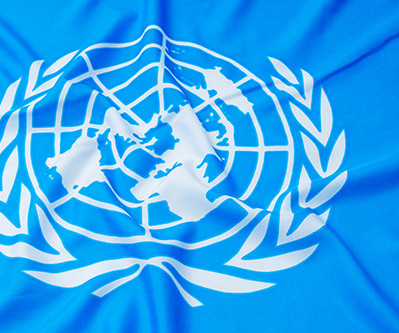Activating Loving-Awareness
NonProfit Quarterly
FEBRUARY 5, 2024
This article was adapted from “Activating Loving Awareness through Contemplative Technology” by Sará King, published in Can AI Heal Us? , Love as an act, a presence, a skill, a relational orientation, and an intention to be actively cultivated is not a phenomenon that we can measure holistically in any quantitative sense.












Let's personalize your content